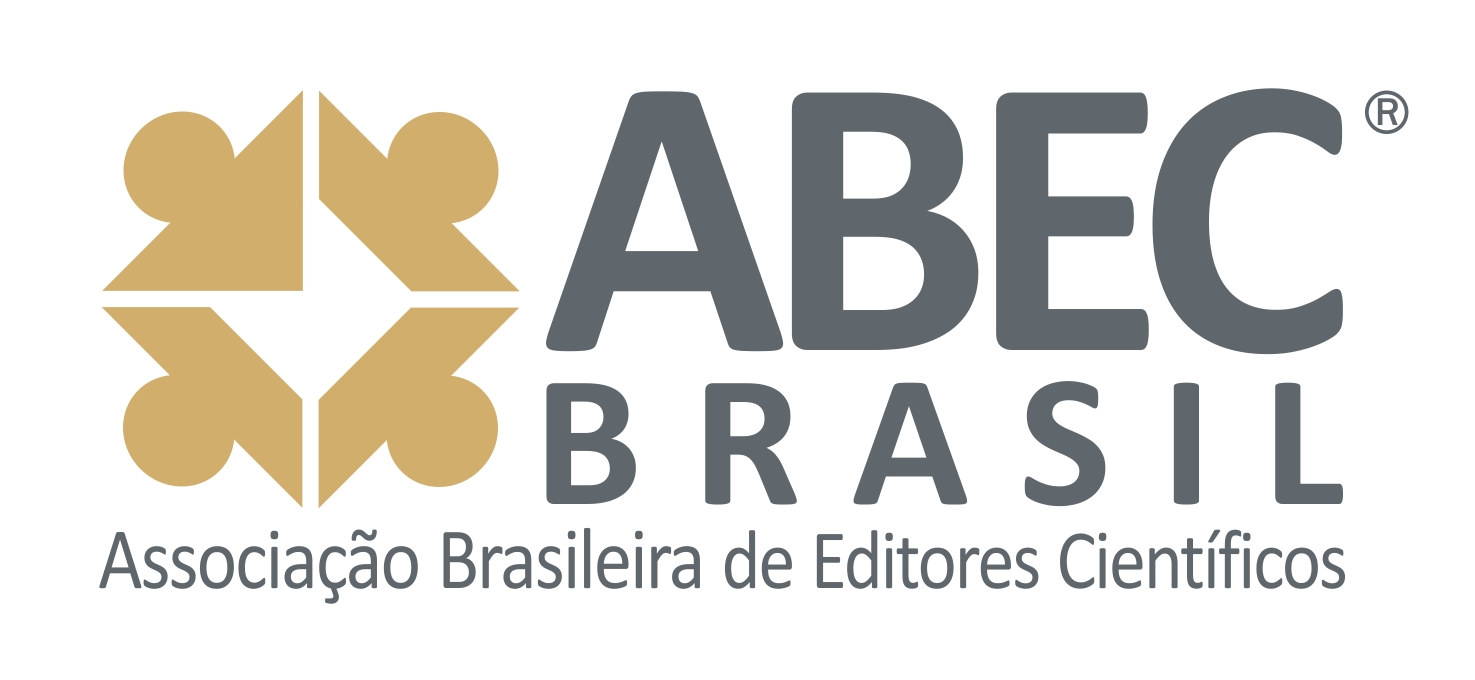The practice of theatre in the education of women during the French Revolution
The practice of theatre in the education of women during the French Revolution
DOI:
https://doi.org/10.51473/rcmos.v1i2.2025.1656Keywords:
History teaching; BNCC (Brazilian National Curriculum Base); Interdisciplinarity; Educational theaterAbstract
This text discusses contemporary changes in the teaching of History, especially after the reformulations proposed by the BNCC (National Common Core Curriculum). According to Bittencourt (2018), the traditional teaching of History had a mnemonic and exclusionary character, centered on a Eurocentric and Christian narrative that exalted the achievements of "great men."Currently, the teaching of History faces new epistemological and historiographical challenges, seeking to include previously marginalized perspectives, such as the history of Africa, Afro-Brazilian culture, indigenous peoples, and women. These transformations generate debates about the acceptance and resistance of these themes in school curricula.As a methodological alternative, the text highlights the use of theater as a pedagogical tool. The dramatization of historical events is pointed out as a more interactive and meaningful form of learning, allowing students to develop expressive, creative, and relational skills, in addition to expanding their understanding of historical content.It is concluded that the project is justified by promoting interdisciplinarity between History and Arts, reinforcing the importance of educational practices that combine historical knowledge, aesthetic sensitivity, and human development.
Downloads
References
ALMEIDA, R. P. de et al. Prevenção e remediação das dificuldades de aprendizagem: adaptação do modelo de resposta à intervenção em uma amostra brasileira. Revista Brasileira de Educação, v. 21, n. 66, p. 611–630, 2016. DOI: https://doi.org/10.1590/S1413-24782016216632
ALMEIDA, J. L. V. de. “A mediação como fundamento da didática”. In: ________. Tópicos de educação. São José do Rio Preto, SP: Rio-pretense, 2003. p. 61–76.
BARBOSA, Z. A. Teatro: atuando, dirigindo, ensinando. Rio de Janeiro: Artes e Ofício, 2004.
BRASIL. Base Nacional Comum Curricular. 2.ª versão revista. Brasília: MEC, 2018.
BRODBECK, M. de S. L. Vivenciando a história: metodologias do ensino da história. 1. ed. Curitiba: Editora Base, 2012.
DOMINGUEZ, J. A. Teatro e educação: uma pesquisa. Rio de Janeiro: Serviço Nacional de Teatro, 1978.
FONSECA, S. G. Didática e prática de ensino de história: experiências, reflexões e aprendizado. Campinas, SP: Papirus, 2003.
MARK, H. As quatro mulheres da Revolução Francesa. 2023. Disponível em: https://www.worldhistory.org/trans/pt/1-19644/as-quatro-mulheres-da-revolucao-francesa/
. Acesso em: 5 nov. 2025.
PINSKY, J.; PINSKY, C. B. Por uma história prazerosa e consequente. In: KARNAL, L. (Org.). História na sala de aula: conceitos, práticas e propostas. 2. ed. São Paulo: Contexto, 2004.
SCHACTAI, D. M. Uso do teatro no ensino de história: uma prática construtiva de conhecimento através da arte. Disponível em: https://core.ac.uk/download/pdf/187766048.pdf
. Acesso em: 5 nov. 2025.
TORRES, M. A. O uso da dramatização para o ensino de História e Geografia de 1ª a 4ª série na sala de aula. 2007. Disponível em: https://www.educacional.com.br/revista/0307/pdf/Na_sala_de_aula.pdf
. Acesso em: 5 nov. 2025.
Downloads
Published
Issue
Section
Categories
License
Copyright (c) 2025 Prisicila Helena Zane Calisbino (Autor)

This work is licensed under a Creative Commons Attribution 4.0 International License.












